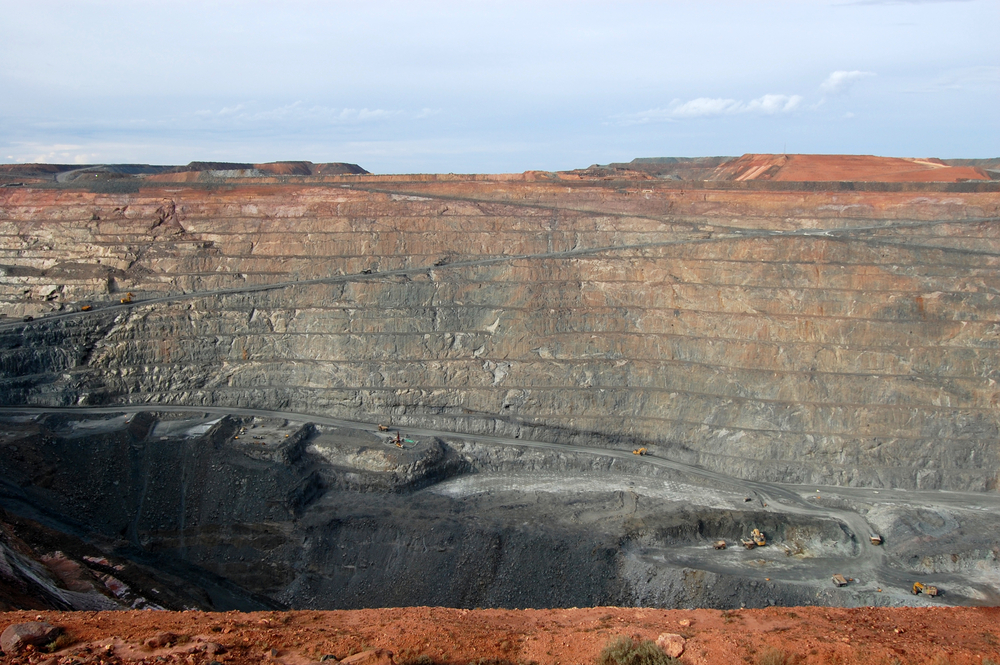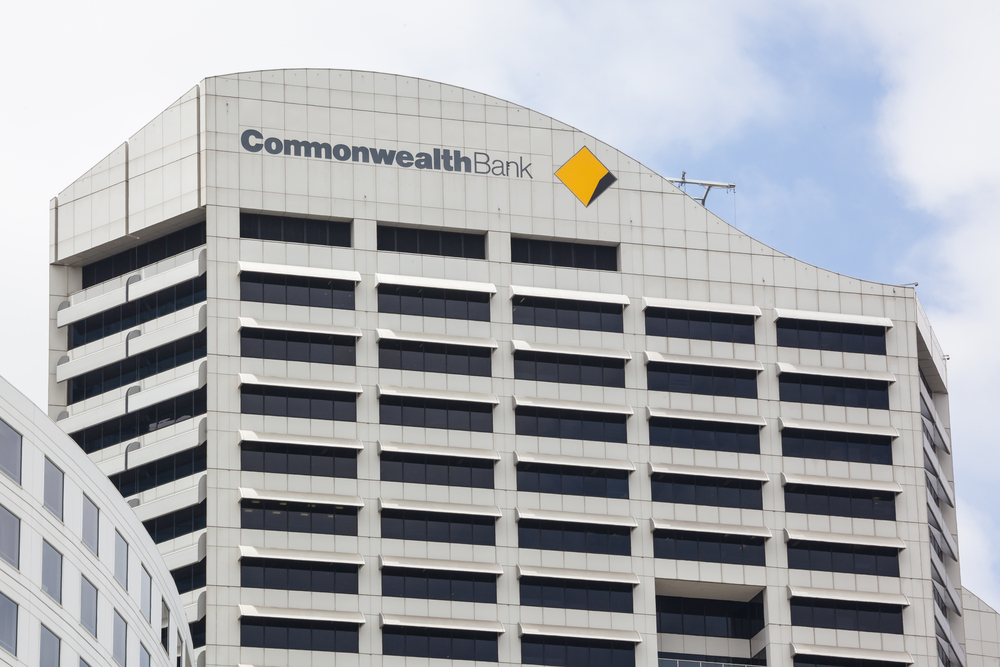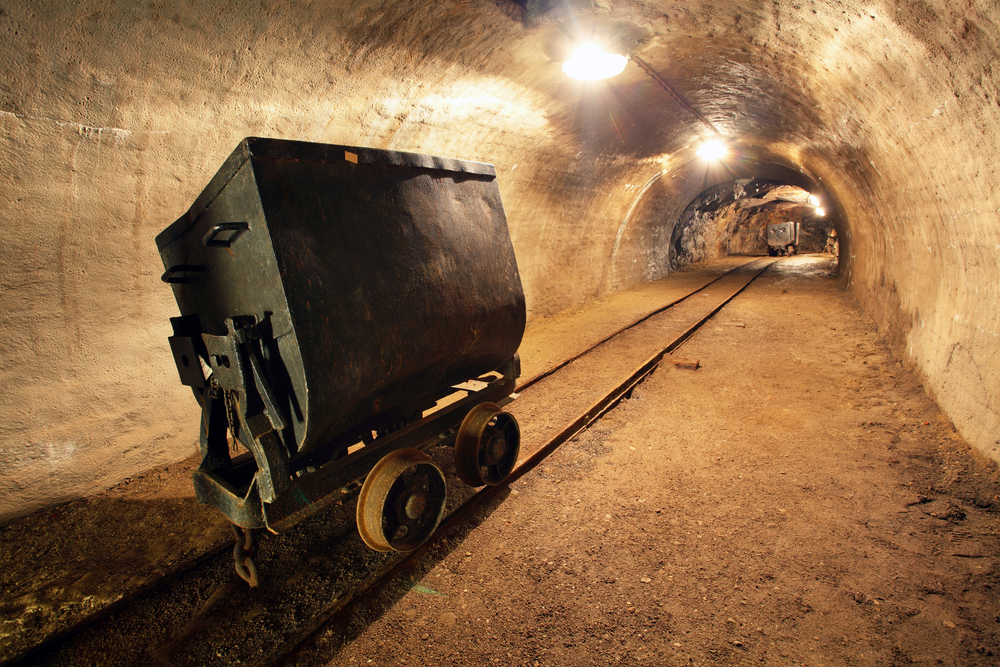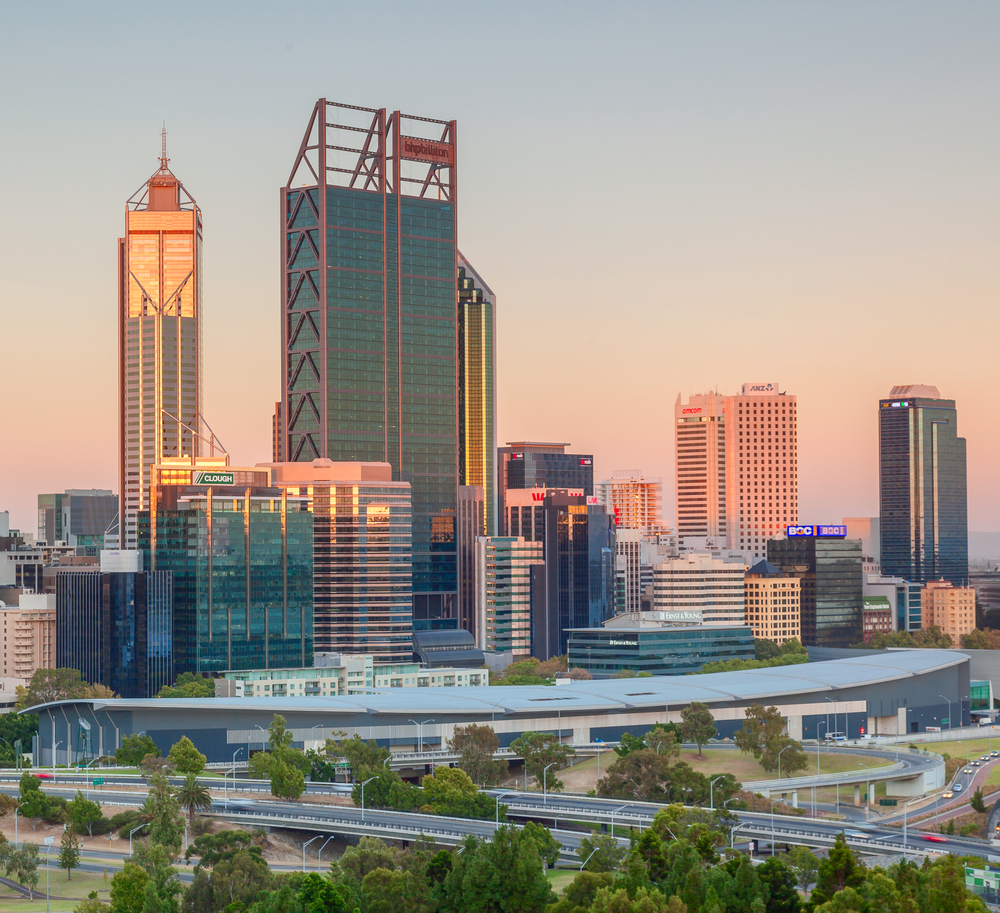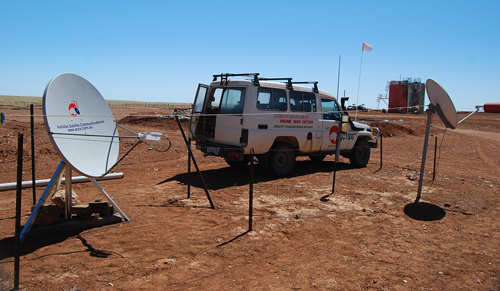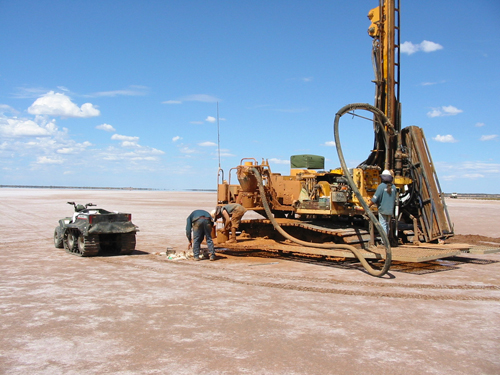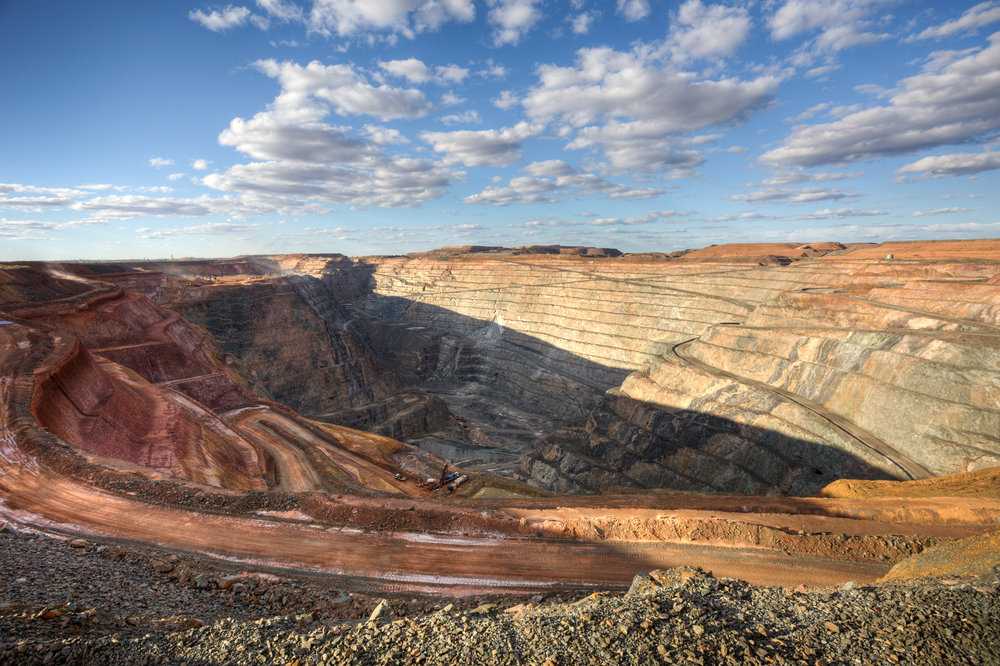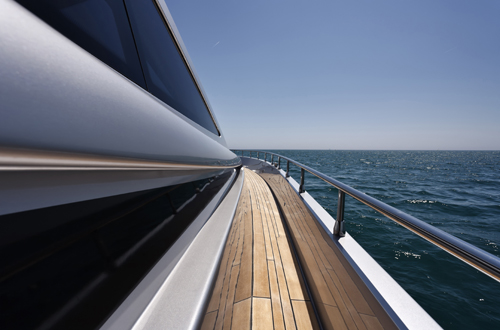
Located 23 kilometres south of Perth, on the coast of Western Australia, is the Australian Marine Complex (AMC), the Southern Hemisphere’s premier integrated marine industrial facility. A world-class centre for excellence in manufacturing, fabrication, assembly, maintenance and technology development, it is home to more than 150 businesses. These businesses are separated into four main precincts; fabrication, support industry, technology and shipbuilding.



 Hanseatic-APAC-Manufacturing-Sep13-Bro-s.pdf
Hanseatic-APAC-Manufacturing-Sep13-Bro-s.pdf